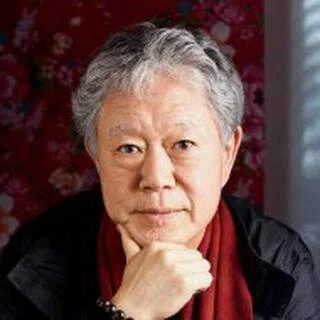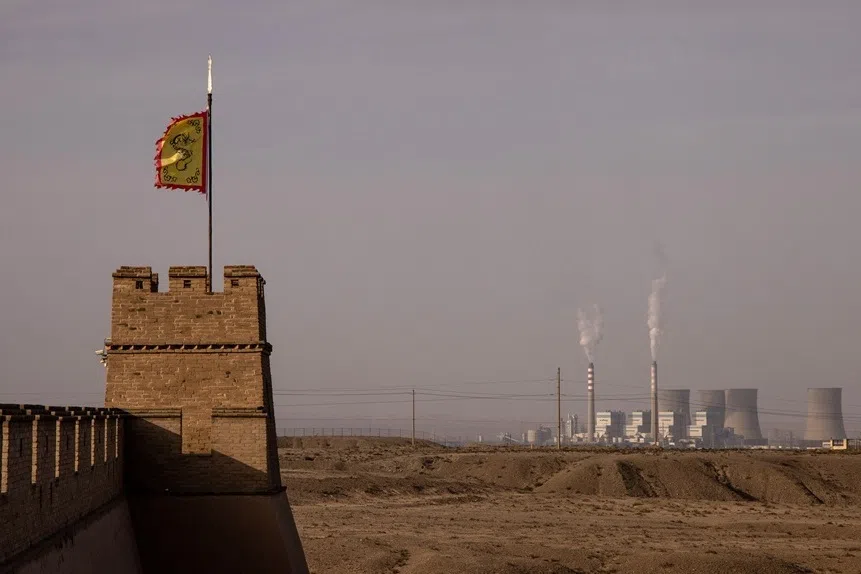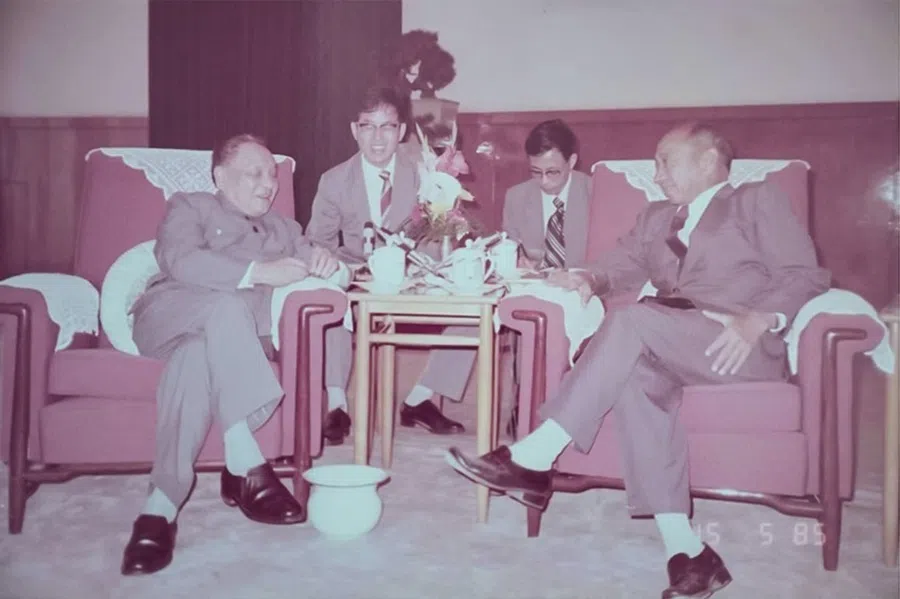As pure as the driven snow, in a virtual and surreal world
Art historian Chiang Hsun remembers a lone Chinese snowball flower from his many overseas trips. Its pristine beauty was its allure. In this world where fakes abound, this image, lodged deep in his memory, is proof that authenticity exists.
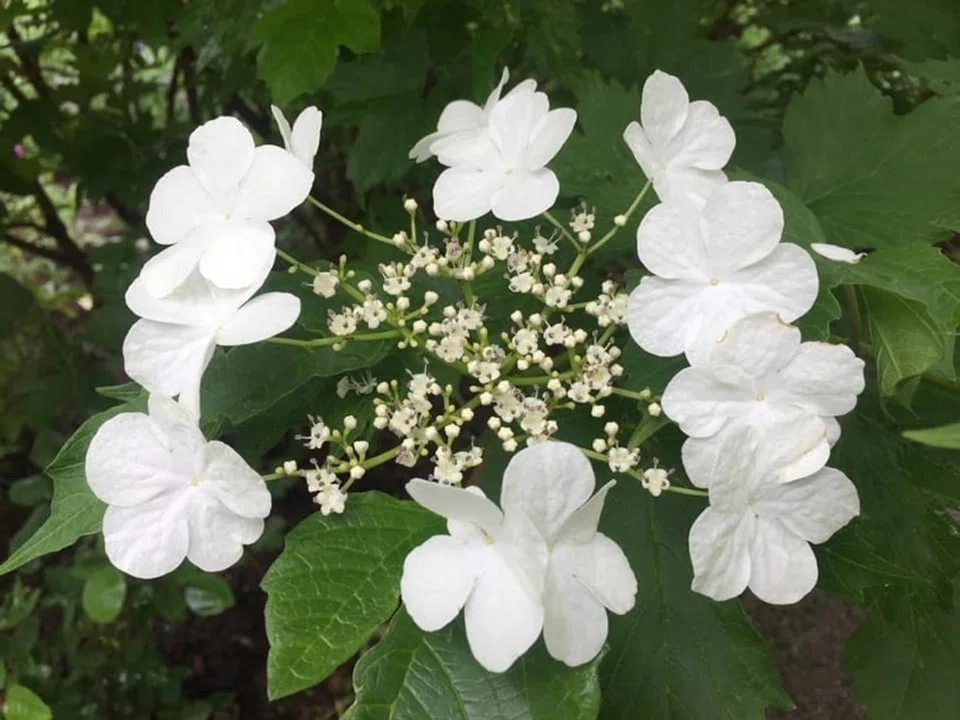
Because of the "pretend to go abroad" trend that's hot right now, I went through the photo albums on my phone, trying to recollect the things that I have done during the many overseas trips that I have taken in the past.
Actually, this cannot be counted as pretending to go abroad because I did go overseas. It's just that my itinerary was packed at times and I was so busy that I didn't have the opportunity to stop and admire the people and things in those places. But even if I did travel, I seem to have no memories of those journeys whatsoever - I have no recollection of many of the photos. It seems as if real and fake travel are the same - both are quite meaningless.
I know that one's connection with something - whether people or scenery - is sometimes deep and sometimes shallow; sometimes long, and other times short.
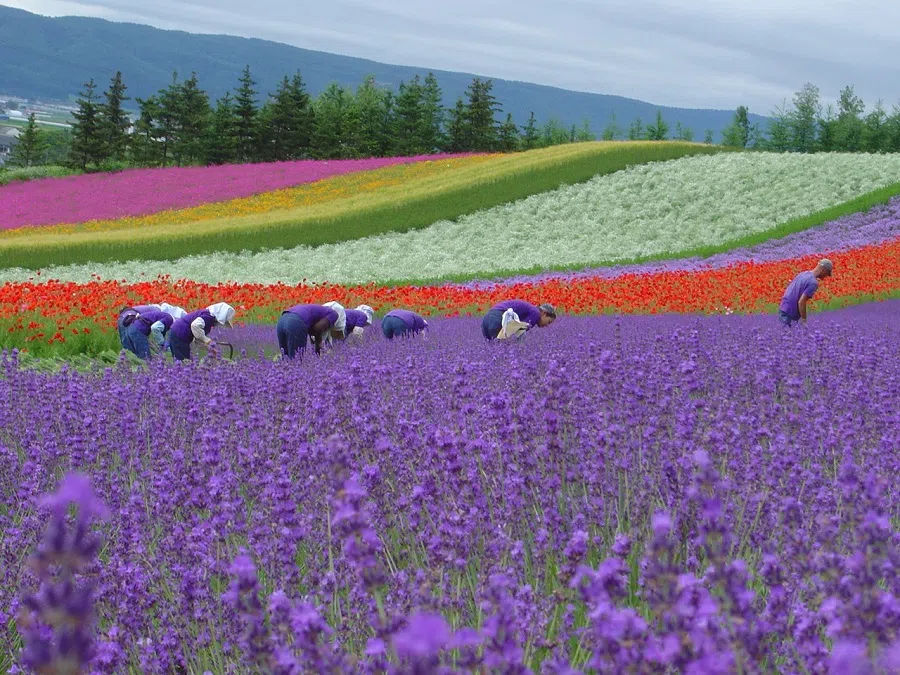
Because I was in such a rush, I could only take cursory glances at the scenes around me, and there wasn't much difference between the real and the fake. Thanks to the pandemic though, I can stay at home in peace and spend my time digging up each and every image from my many years of travelling. Some I have a deep impression of. Others are just a blur.
Yet, even if some memories are deeper than others, it doesn't mean that I was more attentive during a certain trip or less so on another one. I know that one's connection with something - whether people or scenery - is sometimes deep and sometimes shallow; sometimes long, and other times short. An encounter may be brief but leave a deep impression and often pop up in your mind. Or what you see everyday can become just a blur and something you remember nothing of.
Because it was so clean, pristine and as pure as the driven snow, and because it bloomed apart from other flowers in a corner, when we encountered each other, it felt like a long-awaited reunion.
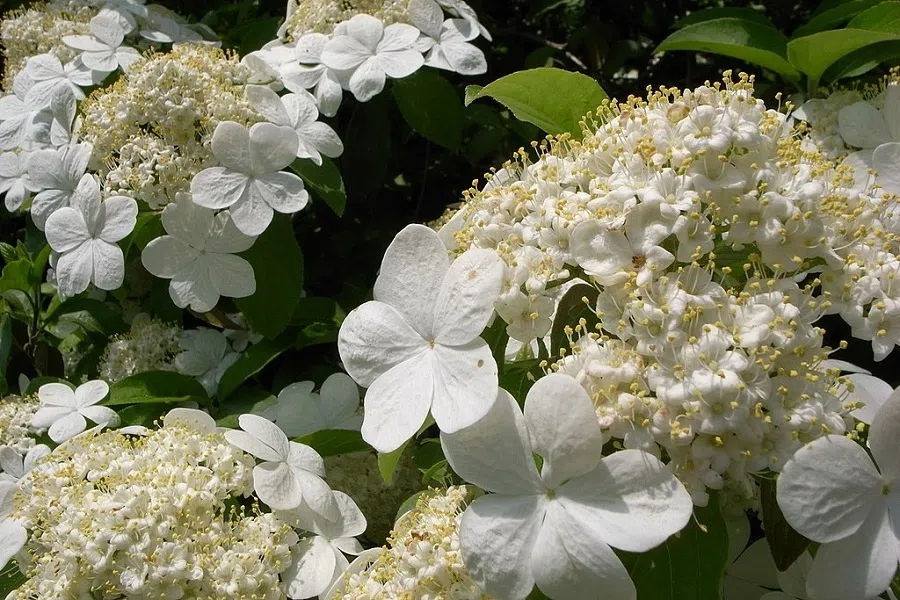
But I have a deep impression of the clean and pure Chinese snowball flower. I saw it on 3 July 2017 at the Asahikawa Park in Japan's Hokkaido. Flowers were blooming everywhere in the park and I couldn't distinguish one from the other. Because I was greedy and wanted to take in as much as I could, everything became a blur.
But as I sat down to take a break, I decided to stop looking at anything. Right beside me was this lone Chinese snowball flower blooming in a corner, on its own. Because it was so clean, pristine and as pure as the driven snow, and because it bloomed apart from other flowers in a corner, when we encountered each other, it felt like a long-awaited reunion.
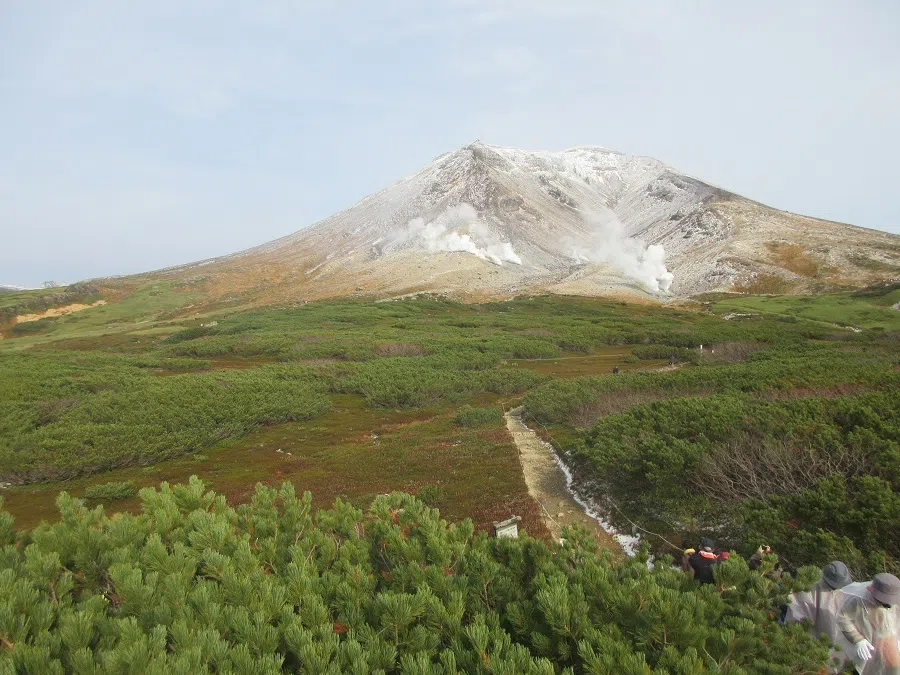
In the information age, technology has helped bolster fraud and forgery. Master's theses and doctoral dissertations, for one, can be forged. I once clicked on a video from a mainland Chinese platform and was shocked to find a pirated and fake version of a speech I gave: it was pieced together from left, right, and centre to the point where I couldn't even recognise it myself. How are people to discern the genuine from the fake? A copyright lawyer went to the relevant authorities to ask for more information and was told that they processed 2,000 of such cases everyday.
Not knowing to laugh or cry, I was reminded of a verse in the Diamond Sutra: "They who saw me by form, and they who heard me by sound, they engaged in false endeavours, will not see me."* In an era where the real can't be told apart from the fake, names like "Hokkaido" and "Asahikawa" all seem virtual and surreal - sightseeing has robbed these place names of any specific meaning.
In times like these, a pure Chinese snowball flower tucked away in my memory seems all the more precious.
*translated by Max Müller from Sanskrit to English at vincentpoon.com
